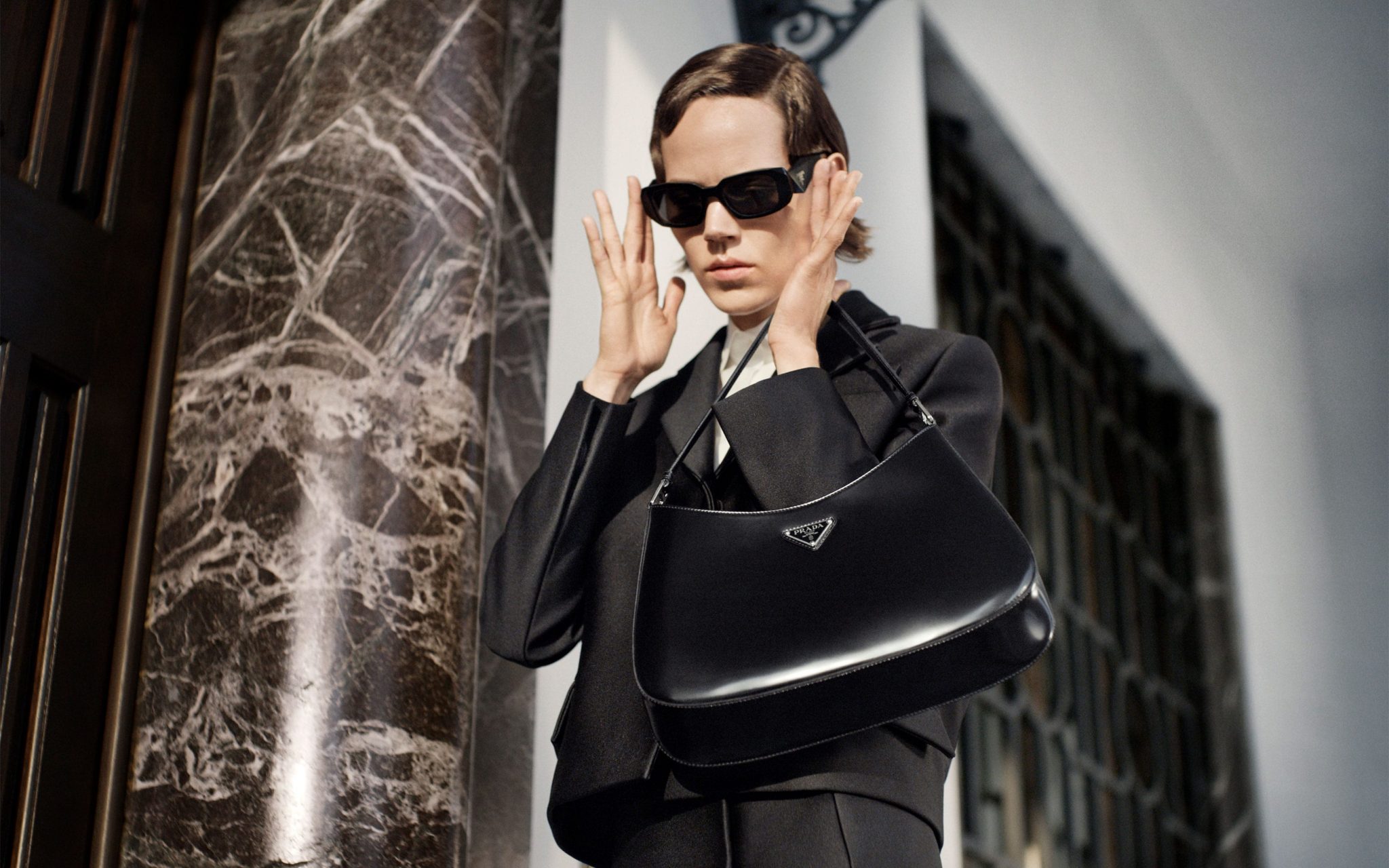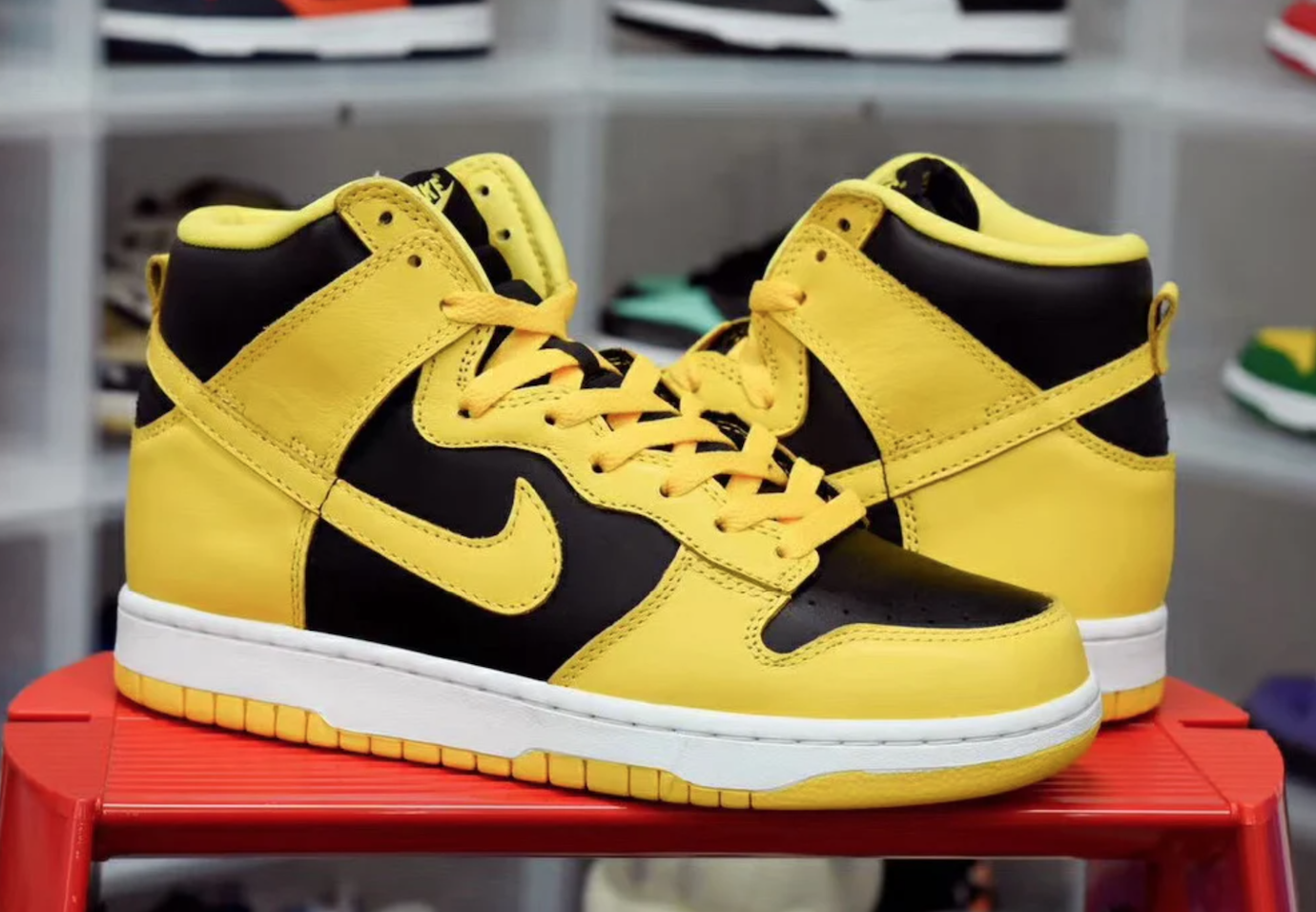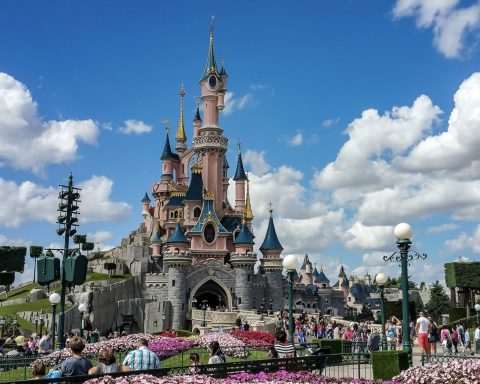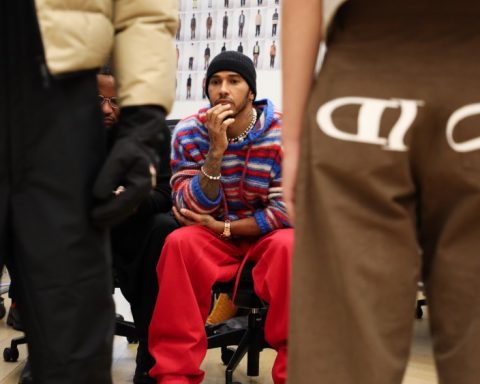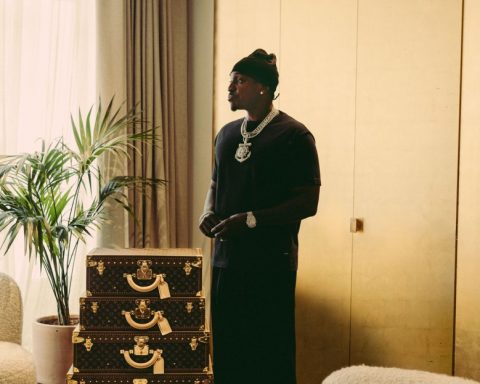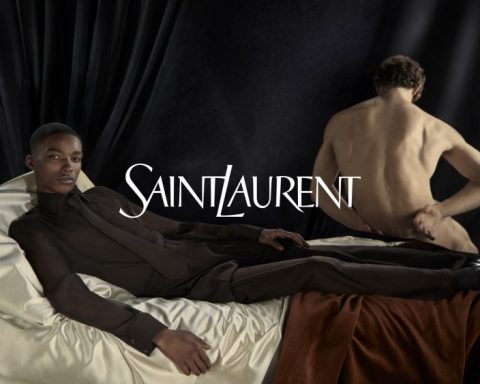In an unprecedented move, Chanel has chosen to increase the prices of its products for the second time this year. When asked why they had made the decision behind these price increases, the brand responded that “the consequence of recent significant exchange rate fluctuations between the euro and certain local currencies” were the cause of the increase. But in reality, as the luxury market continues to boom in what is an otherwise difficult economic climate, the price increase is more than simply a statistical response to shrinking profit margins: instead, it is a targeted marketing strategy.
The Chanel Price Increase in Figures
In May, the brand increased the prices of their handbags and other small leather goods by between 5% and 17%. Just six months later, the prices have now increased on these same good by another 5%: The increase is particularly notable in China, Hong Kong, Japan, South Korea and Britain.
Chanel isn’t the only luxury brand whose prices are only going up: Louis Vuitton, Dior, Gucci and Prada have all also demonstrated considerable price hikes during 2020. But why? Why have these big name, luxury brands increased their prices during a time of economic uncertainty, and why are consumers continuing to pay ever-increasing prices of their products?
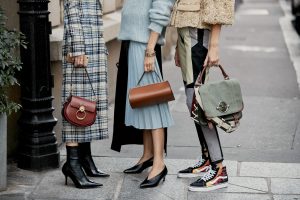
The Power of Luxury and Exclusivity
Luxury Brands sell their products, and their high price points, to their consumers by focusing on two main factors: quality and heritage. Chanel was founded in 1910, whilst Louis Vuitton was founded in 1854. The underlying premise is that these brands are built on years of experience, and that the reason there are defined as luxury brands is because of their heritage craftsmanship and the high quality of their raw materials. In some cases, this focus on quality is relevant, but in many it isn’t: whilst Chanel pieces are often hand stitched, they are frequently mass produced in factories by workers that are paid minimal wages. It is no surprise that luxury fashion brands boast some of the highest profit margins in the corporate world.
Luxury Goods as Social Signifiers
In reality, it is the brand name that consumers are really paying big bucks for, and the social cachet that comes from wearing them. After all, carrying a Birkin or a Hermes bag is considered a mark of success, or a social signifier: it is a visual representation that you can carry around with you that signifies your wealth and your ability to invest in luxury market. As a result, by increasing their prices, Chanel are only making their products more desirable to the women that can afford to purchase them! Many women also consider luxury designer goods, particularly leather goods such as handbags, to be investment pieces. There is a good reason for this: popular designs from sought after collections will only increase in value, meaning that you can appreciate your purse whilst watching its value appreciate at the same time!
The Paying Power of the Chinese Market
Finally, sales of luxury brands have sky rocketed in China, and across Asia, over the last decade. This jump was particularly notable in the years between 2018 and 2019. The Asian markets place high value on heritage brands, and Chanel has driven this focus on ‘old world luxury’ by steadfastly resisting the demand for a website selling their products. Chanel want their consumers to go in store, and the store is a big part of the luxury buying experience that they offer.
Whilst most European stores remain closed, as a response to the current COVID-19 pandemic, stores in the Asian market remain largely open. Perhaps in a bid to market their luxury, and to drive more consumers in to these open stores, the increased price of a new Chanel purse is a marketing strategy that will pay off.
